While the college coaches are busy with their season, I am going to give them a break from picking their brains about the recruiting process. Now it’s your chance to get your questions answered. Email me with any questions you have about college recruiting, playing college or professional golf or other questions you may have about becoming the best golfer/person you can be. Send them to bjackson@pkbgt.org and I will do my best to address them over the next few articles.
I have received this similar question several times so I thought I would do my best to address it. Please keep in mind this is giving a general idea of how the process happens so if you would like to discuss more specific to your situation please contact me directly and we can schedule a consultation.
My daughter is a sophomore, we don’t really have a ton of good scores yet to show the results of her effort but I am concerned with the timing and when we should start looking at colleges. What is the timing of all this and when should we start our college search?
Everyone hears that recruiting starts early and you need to be proactive, which is very true. However, there is a different timeline for everyone and it isn’t always about starting the actual recruiting process early. Typically when you hear about the process happening early for freshmen and sophomores that is going to be for your top ranked players in the state and country. Those players will have either received interest from coaches through their swing or high school coach, or they will be proactively contacting their top choices to let the coaches know of their interest. At that stage you need to have a pretty strong resume in order to capture a coaches attention or else it could be a waste of time. As a basic frame of reference, if you are a freshman or sophomore who is consistently under 80 in state, regional and national tournaments (not just high school) then you need to get your resume together, email coaches, get them your upcoming schedule and try to schedule some visits. The higher ranked D1 schools are the ones who tend to do their recruiting early, recruiting top ranked freshman and sophomores, then the process begins for mid D1, lower D1, top D2s and so forth.
If as a freshman or sophomore you are still shooting 80s and up, then you need to focus most of your time and energy on improving your game, your fitness, playing tournaments, goal setting and practicing more effectively. You can go ahead and build your resume and keep up with your tournament results but emailing most coaches at this stage will yield very little interest. Do some research on schools and golf programs, drive through campuses and take the tour when you are traveling, get a feel for what you want with a school and golf program and set your goals to try and achieve that level. If you are able to work on your game and get your scores closer to 80 and under then you can start to identify realistic schools and contact them. For the most part in order to compete at D1 schools, (and top D2 and D3s) you need to consistently shoot under 80, and have a good showing in top ranked state, regional and national tournaments. This typically needs to be done by the summer going into your junior year to have any chance of competing at most of these programs. There are some smaller D1 programs who will take on players that may not reach this till later in junior year or who may still be in the 78-84 range with their scores but typically there would be little to no scholarship available. Again, there are always exceptions but this tends to be the general rule of thumb within girls golf recruiting.
If by end of sophomore year or start of junior year, you are still mostly low 80s and higher with your scores in state and regional tournaments then you will need to focus most of your efforts on mid D2, D3 and NAIA (with some smaller D1s as possibilities) in order to have the best chance to find a realistic fit. Even with D2, D3 and NAIA schools you still need to start thinking about the process early, rather than later. There are some great coaches and academic schools within each of these divisions that will fill their spots quicker than you might imagine. As a junior, coaches can reply to your emails and return phone calls so go ahead and start contacting these coaches and try to schedule some visits. The sooner you can get comfortable talking to coaches and on visits, the quicker you will mature and build confidence through the process.
Yes there are stories of late bloomers and higher ranked programs who end up needed players unexpectedly late in the process, but these are the rare exceptions. If you want to successfully navigate the process, the more realistic and open minded you can be, the better chance you will have of finding the right fit and hopefully earn some scholarship money. If you have any questions specific to where you are in the process, please contact me at bjackson@pkbgt.org to schedule a consultation.


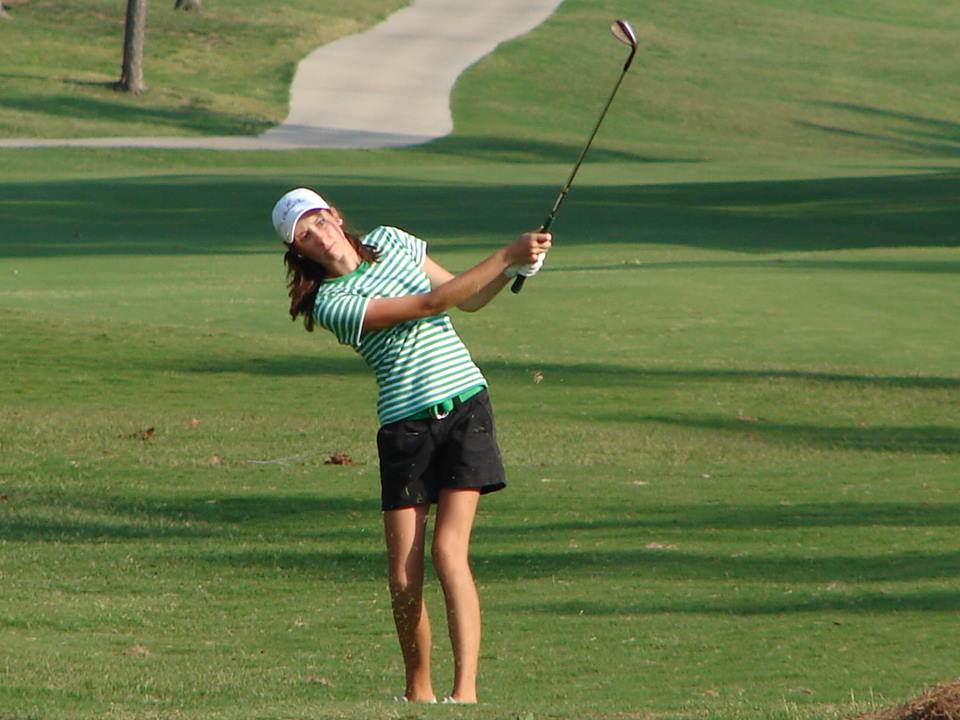
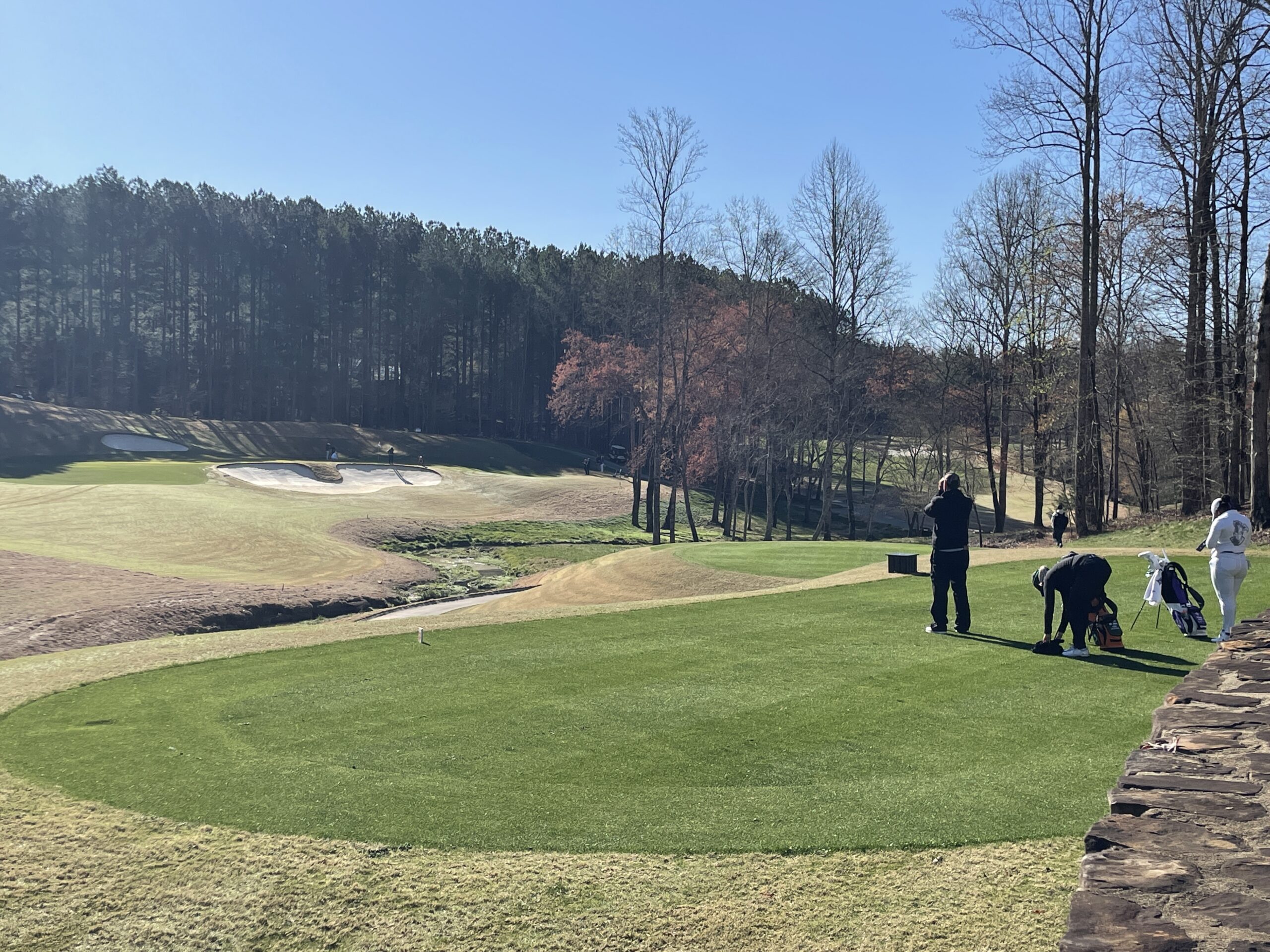

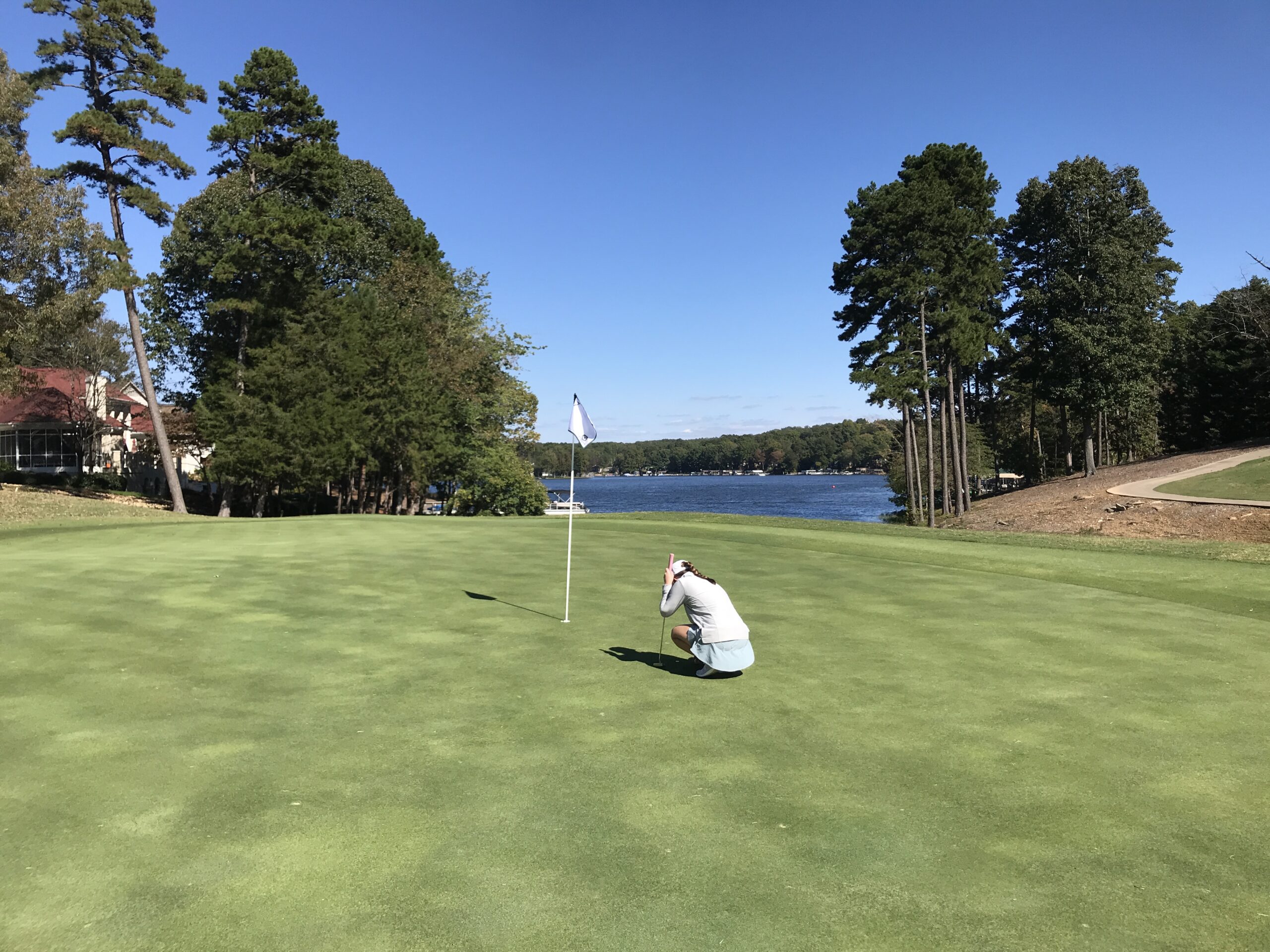
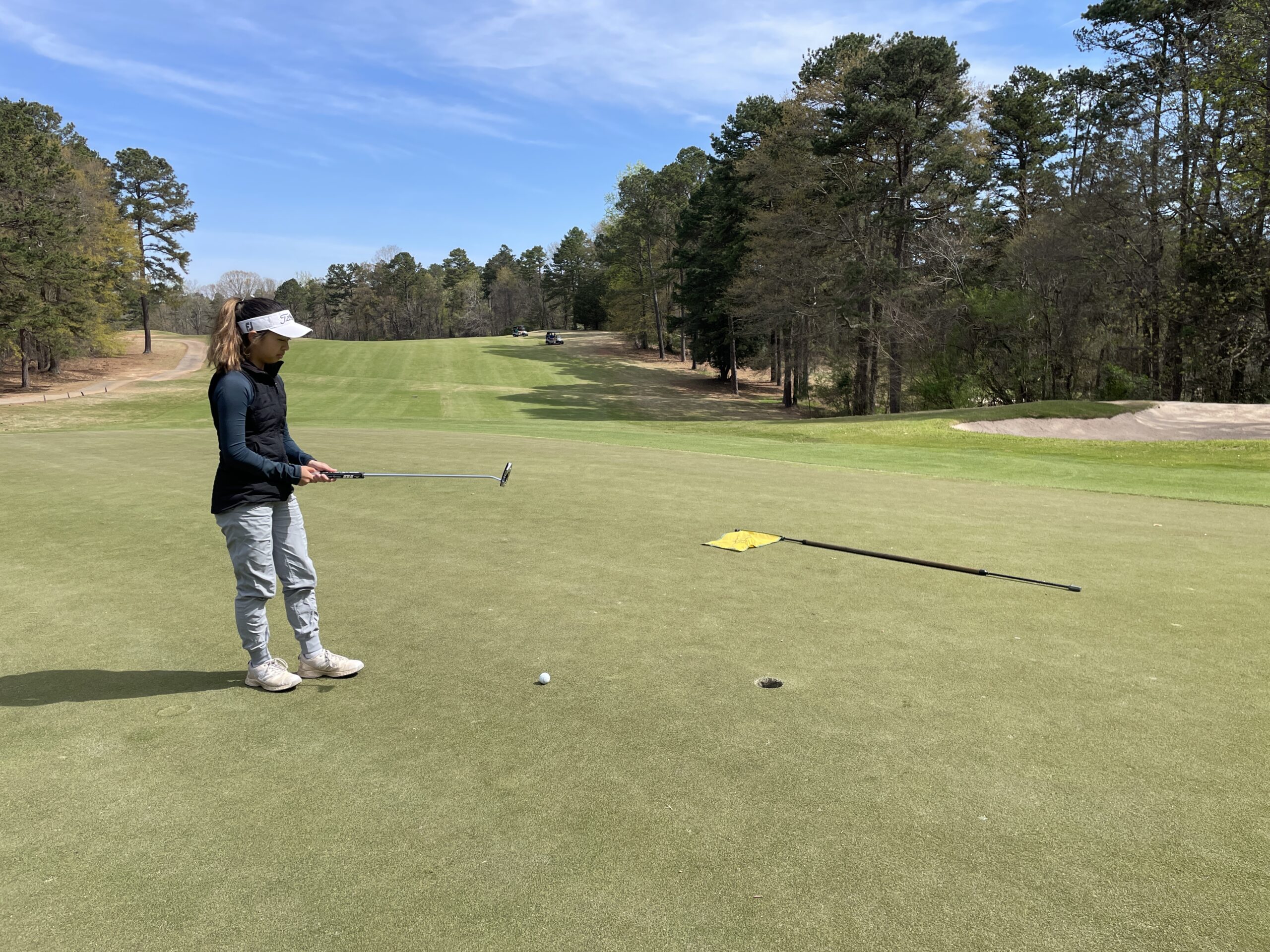
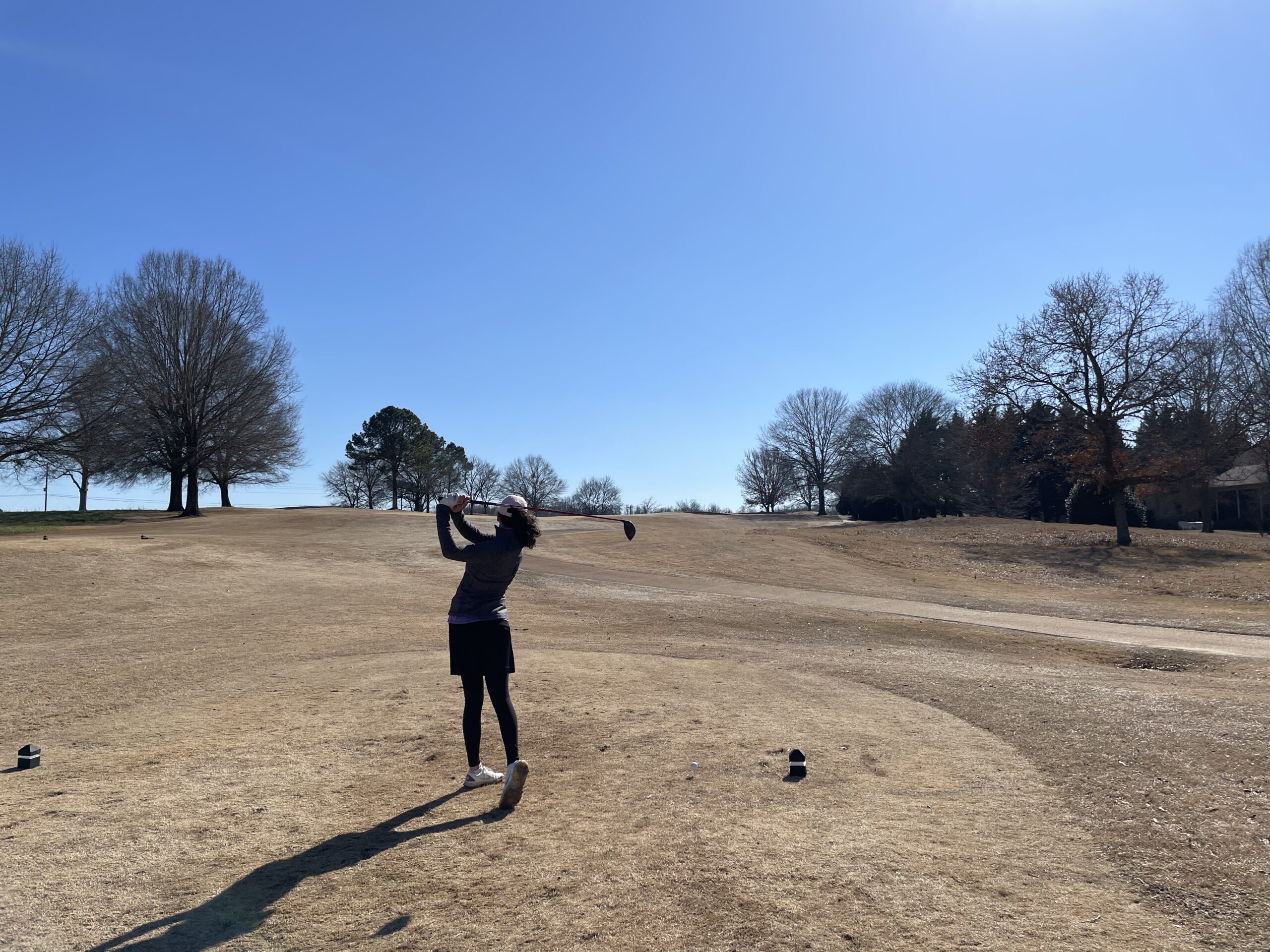
Leave A Comment